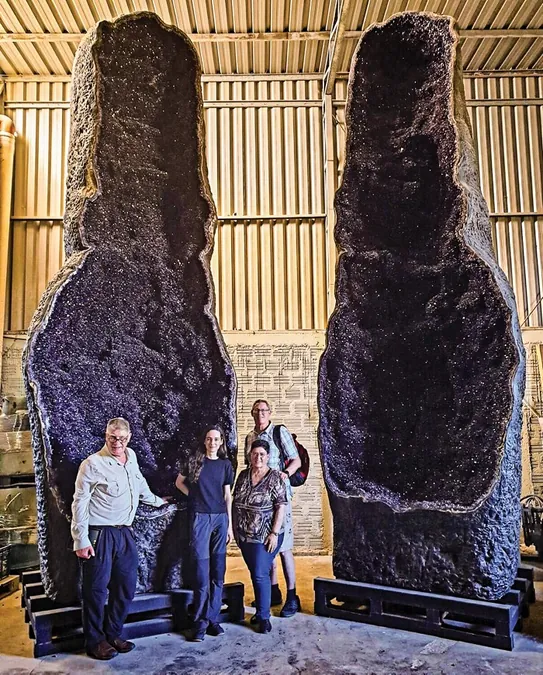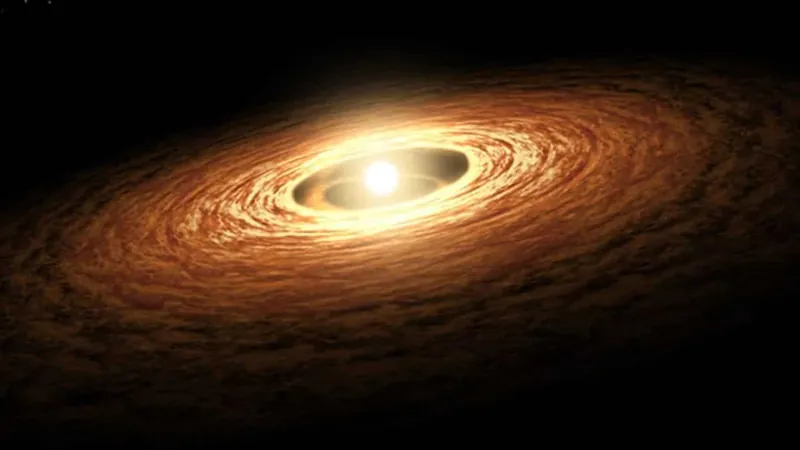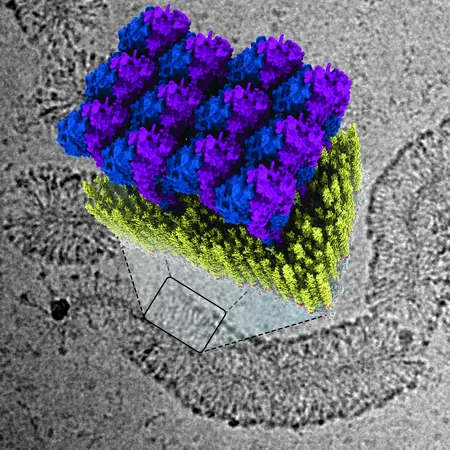
Unraveling Life's Origins: How Zinc in Meteorites Sheds Light on Earth's Volatile Elements
2024-10-11
Author: Yu
Researchers at Cambridge University and Imperial College London have made a groundbreaking discovery regarding the building blocks of life on Earth. By analyzing the unique chemical fingerprints of zinc found in meteorites, the team has gained valuable insights into the sources of volatile elements necessary for life. Their findings reveal that without certain "unmelted" asteroids, Earth's conditions may not have been conducive for life to emerge.
Volatile elements, which include key components such as water, carbon, nitrogen, and phosphorus—are essential for life. Understanding where these volatiles originate is crucial, as they constitute not only the six most common elements found in living organisms but also the very foundation of biological processes we know today.
Dr. Rayssa Martins, a pivotal researcher in the study, emphasized the significance of the findings by stating, "One of the most fundamental questions is where the materials necessary for life originated. Understanding how these elements arrived on Earth can provide important clues about the evolution of life here and potentially elsewhere in the universe."
The focus of this research is on planetesimals, the small celestial bodies that form the building blocks of rocky planets like Earth. These bodies are created through a process called accretion, where dust and gas around a young star begin to clump together, eventually forming larger masses. However, the composition of these planetesimals varies significantly. Some were subjected to high levels of radioactivity during their formation, resulting in their melting and subsequent loss of volatile compounds. In contrast, those that formed later, after the sources of radioactivity diminished, retained more of their valuable volatiles.
In a study published in Science Advances, Martins and her team examined the zinc content from a variety of meteorite samples thought to originate from different planetesimals. They ran models to trace Earth’s accumulation of zinc over tens of millions of years. Their results were revealing: while the "melted" planetesimals represented approximately 70% of Earth’s total mass, they contributed only about 10% of its zinc. Conversely, the bulk of Earth’s zinc came from unmelted, or "primitive," materials, which played a crucial role in supplying the necessary volatiles for life.
Martins further elaborated on their findings, stating, "Distance from a star certainly influences a planet’s ability to maintain liquid water, a fundamental requirement for life. Our study underlines that it’s not just about the planet's location; it’s equally vital to consider whether it contains the right materials to support life-sustaining conditions."
This groundbreaking research not only enhances our understanding of Earth’s own history but also holds profound implications for the search for life beyond our planet. The ability to trace elemental origins offers exciting possibilities in locating life-sustaining conditions on Mars and exoplanets in distant solar systems.
As scientists continue to explore these cosmic mysteries, one thing remains clear: the keys to understanding our origins may lie among the stars, in the remnants of ancient celestial bodies that roamed the early solar system.







 Brasil (PT)
Brasil (PT)
 Canada (EN)
Canada (EN)
 Chile (ES)
Chile (ES)
 España (ES)
España (ES)
 France (FR)
France (FR)
 Hong Kong (EN)
Hong Kong (EN)
 Italia (IT)
Italia (IT)
 日本 (JA)
日本 (JA)
 Magyarország (HU)
Magyarország (HU)
 Norge (NO)
Norge (NO)
 Polska (PL)
Polska (PL)
 Schweiz (DE)
Schweiz (DE)
 Singapore (EN)
Singapore (EN)
 Sverige (SV)
Sverige (SV)
 Suomi (FI)
Suomi (FI)
 Türkiye (TR)
Türkiye (TR)